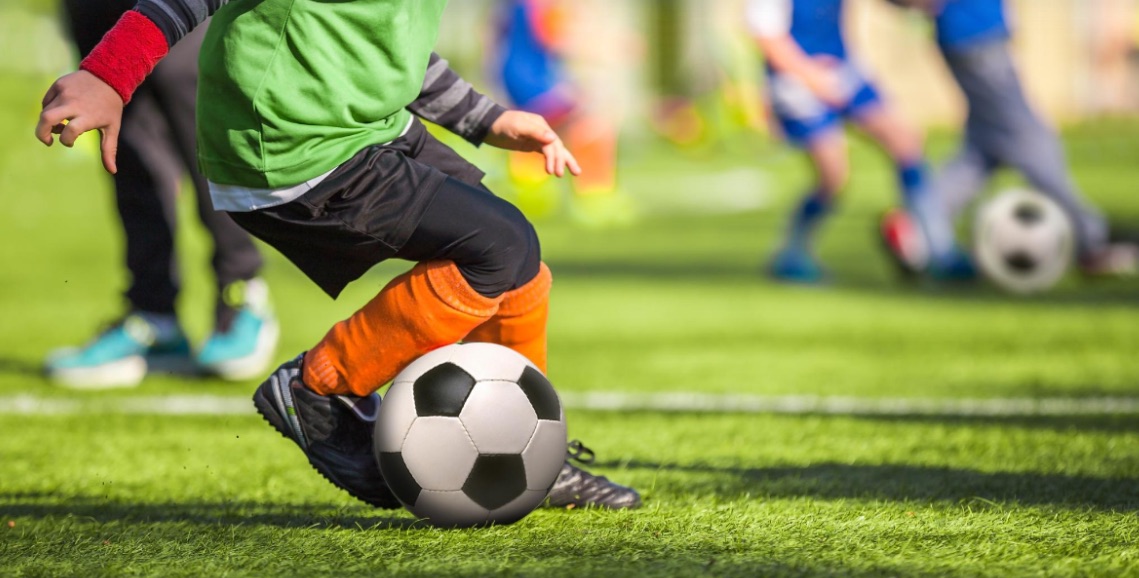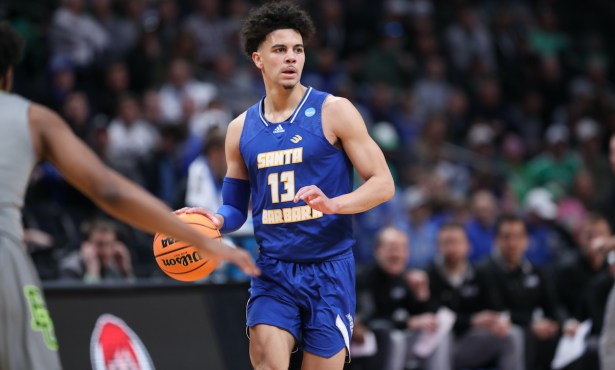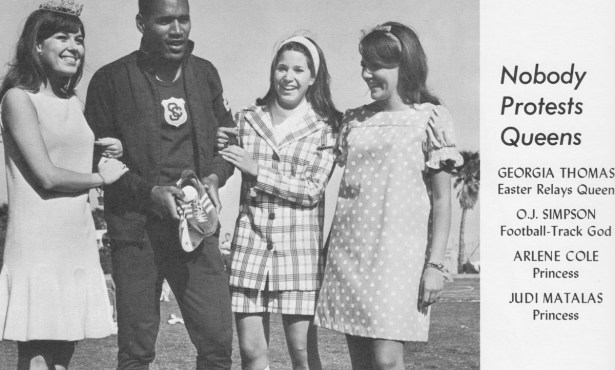What about Youth Sports? Can Our Children Participate in Sports?

In an effort to slow the spread of COVID-19, the State’s stay-at-home order issued on March 19, 2020, effectively suspended youth sports, including school-based, club, and recreational youth sports. Then, beginning July 30, the California Department of Public Health began allowing youth sports training, conditioning, and physical education under specific circumstances.
Our children’s brains need physical activity to stay psychologically healthy. If your child has stopped exercising, you may notice an increase in emotions, especially irritability. Children and adolescents who are used to being physically active have brains that are used to this activity. Their brains need the physical activity to stay psychologically healthy.
We know that brains work best when they have regular physical activity. Concentration and focus right now are challenging for the student engaging in ‘alternate learning’ while school is physically. Moderate exercise for at least 20 minutes has been shown to increase ability to focus and learn in the few hours after exercise.
Remember that exercise promotes better sleep: We need our children to sleep well, and normally, during this time. Schedules are off. People are stressed. This is harder to manage when we are sleep deprived. Our coping skills are not as sharp. Exercise helps with both sleep initiation (falling asleep) and consolidation (staying asleep).
So what group sports activities are allowed now and what should we have our children avoid?
What sports are allowed?
Youth sports and physical education are permitted only when the following can be maintained:
- Physical distancing of at least six feet between participants
- A stable group of participants, such as a class or team, that limits the risks of transmission by adhering to the Health Orders
- Activities that take place outside
What if the sport cannot be played with physical distancing and participating with others not infected?
For sports that cannot be conducted with sufficient distancing or participating with others not infected, only physical conditioning and training is permitted and ONLY where physical distancing can be maintained. Conditioning and training should focus on individual skill-building (e.g., running drills and body weight resistance training) and should take place outside, where practicable. Indoor physical conditioning and training is allowed only in counties where gyms and fitness centers are allowed to operate indoors.
What’s not allowed?
As noted above, sports that cannot be played with sufficient distancing and participating with others not infected are not permitted. In addition, outdoor and indoor sporting events, assemblies, and other activities that require close contact or that would promote congregating are not permitted at this time. For example, tournaments, events, or competitions, regardless of whether teams are from the same school or from different schools, counties, or states are not permitted at this time.
What youth sports are impacted?
This impacts all youth sports and activities, including school-based, club and recreational youth sports.
Are pre-season, conditioning programs permitted?
Sport conditioning programs are permitted for individual or team training ONLY where physical distancing of at least six feet can be maintained. Conditioning and training should take place outside, where practicable, and focus on individual skill-building activities such as running drills and body weight resistance training.
Can individual or team conditioning be conducted indoors?
Conditioning and training should take place outside, where practicable, and indoor sports activities should follow local guidance for gyms and fitness centers, including requirements for physical distancing, face coverings, and occupancy.
Indoor physical conditioning is allowed only where gyms and fitness centers are allowed to operate indoors.
Consistent with guidance for gyms and fitness facilities, cloth face coverings must be worn during indoor physical conditioning and training or physical education classes (except when showering). Activities that require heavy exertion should be conducted outside in a physically distanced manner without face coverings.
Activities conducted inside should be those that do not require heavy exertion and can be done with a face covering. Players should take a break from exercise if any difficulty in breathing is noted and should change their mask or face covering if it becomes wet and sticks to the player’s face and obstructs breathing. Masks that restrict airflow under heavy exertion (such as N-95 masks) are not advised for exercise.
Are adult team sports allowed?
Adult, amateur (non-professional) team sports are not permitted at this time. The state plans to issue guidance for amateur, adult team sports soon.
It is vital that children, teens and adults engage regularly in exercise, preferably outdoors, where there is less chance for disease transmission. Even if children cannot participate in a team sport at this time, for the sake of their emotional, mental and physical health, try to get some regular, outdoor exercise.
Here are some ideas for your family:
- Make physical activity intentional. If you don’t plan it, it probably won’t get done. Consider one-hour blocks of time for exercise each morning and/or afternoon. For older children and teens, many coaches have been sending home training ideas. Be intentional about this and include it on their daily schedules.
- Let them choose. Everyone needs to feel in control of themselves, so give your child two choices for exercise, both of which would be acceptable. Example: We are going on a hike! Would you like to hike in the park or to your school?
- Make it fun. Try a hike in your neighborhood and in local parks, ride bicycles and scooters to the park, and consider adding a picnic to your plan.
- Start fresh! For children and adolescents who are not regular exercisers, now is a great time to start, especially with more down time at home. Aim for 20 minutes of walking, preferably outside. Increase the time as you can – with a goal of at least 60 minutes every day. This doesn’t have to be in one long session. Feel free to break it up as needed.
Suzanne Grimmesey, MFT, is the County of Santa Barbara’s Chief Quality Care and Strategy Officer and is responsible for leadership of Quality Care and Strategy Management within the Department of Behavioral Wellness.



